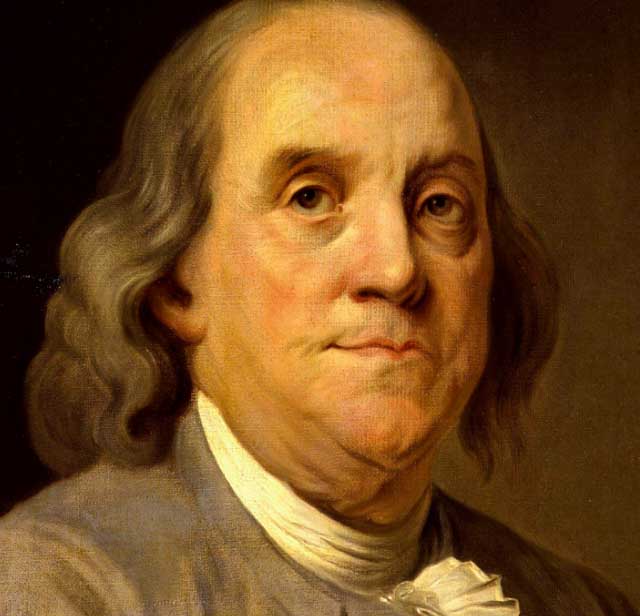Benjamin Franklin Museum
At 36 Craven Street within the bustling city of London, you’ll find an unassuming 18th Century house nestled amid a row of three-storey buildings.
However, this particular house is no ordinary home, as it once hosted Mr. Benjamin Franklin for almost 16 years. This is the last remaining Franklin residence in the world, and the first unofficial United States Embassy.
Inside this charming house, visitors can learn new and rich details on the famous innovators life, plus imagine his personal experiences, from the inside of his former London lodgings. Here, Benjamin Franklin brought pivotal experiments to life and threw himself into new research. 36 Craven street would birth new investigations into the effects of the Gulf Stream, an ‘alternative alphabet’ and publish ‘A Scheme for a new Alphabet and a Reformed Mode of Spelling’, an account of Benjamins attempt to make English more accessible.
To Franklin, life in london would enable a missing balance that life in America lacked. It was his hope to delve deeper into philosophy and education, though ultimately, Parliament duties pulled him away. He engaged with local Parliament in taxation laws (1765 Stamp Duty) and undertook unofficial ambassador duties. These undertakings proved a major distraction from further innovation, which he lamented in letters to family and friends; however, it didn’t stop him from pursuing local, science-based innovations, such as improving St Pauls Cathedral in London, installing a superior lightning rod on the dome.
Being at The Benjamin Franklin House is unique in that it provides visitors with a half-theatre, half-documentary style experience over one hour. Upon entry, you can expect to be seated in a small gallery called The Seminar Room for a half hour overview on Benjamin Franklins remarkable life (pre London), including his establishment of a highly successful print business, all the way up until his undertaking of tenancy at 36 Craven Street, under landlady Margaret Stevenson (a widower), and her daughter Polly.
Upon documentary conclusion, don’t be shocked by the 1700’s styled young woman in The Seminar Room corner who announces “Welcome!” No, it’s not a figment of your imagination; it is ‘Polly’. Polly, as the daughter of Margaret Stevenson, became somewhat of a second-daughter to Benjamin, so much so that she uprooted her young family to be by his side in Pennsylvania upon his death on April the 17th, 1790.
As you leave The Seminar Room and follow Polly up a creaking old staircase, take a moment to imagine Franklin himself walking up those original stairs (which he is said to have scaled for exercise). The central staircase of the home is one hundred percent original. Quite a thought to know you’re scaling the same steps as the father of electricity, within the home deemed a ‘Milestone’ by the Institute of Electrical Electronics Engineers (IEEE)
In ‘The Key Room’ you’ll be guided through the evolution of the Craven Street Laboratory, including such inventions as The Glass Harmonica (used by Mozart), Biofocal Glasses and a perfectly designed fireplace draught deemed ‘The Franklin Stove’, which provided a balanced temperature all throughout the room, regardless of visitor position.
While impossible to recreate the real-life dynamics of a Franklin household, The Benjamin Franklin House manages to inspire the imagination, in a time of huge innovation for science and politics.

